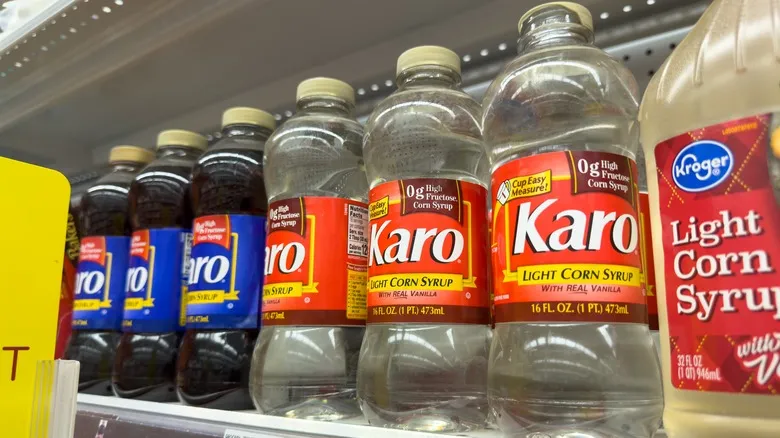Corn syrup has a higher water content than granulated sugar
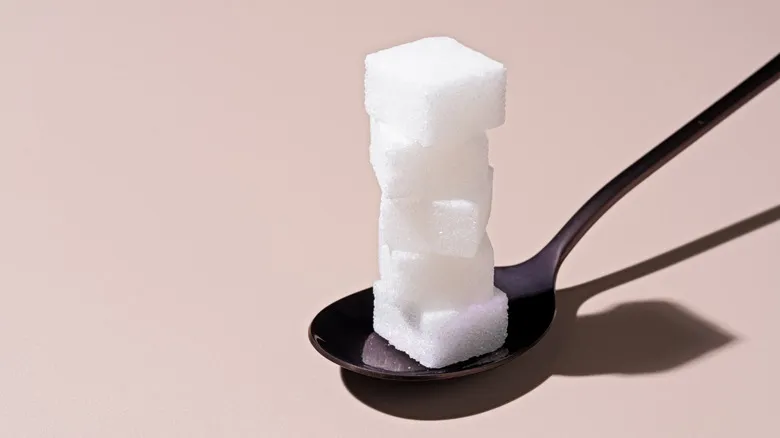
It's clear why corn syrup and granulated sugar cannot be used interchangeably: granulated sugar is a solid, while corn syrup is a liquid. This additional moisture can greatly affect the texture and consistency of your baked goods or candies. Although corn starch can be beneficial in baking, corn syrup doesn't always provide the same advantages. For instance, if you replace sugar with corn syrup in a cookie recipe, you may notice that your cookies spread more than anticipated, or that cakes become denser and moister than you intended.
To counteract this, you would need to decrease the liquid content in other parts of your recipe, which can be challenging. This adjustment can be particularly difficult for recipes that require precise measurements, such as cakes or meringues. The added complexity of managing moisture levels makes corn syrup a less suitable sugar substitute in many situations. Rather than a simple swap, using corn syrup often necessitates a more thoughtful approach, requiring careful adjustments to the overall recipe to account for the increased water content.
Corn syrup is actually less sweet than table sugar

In addition to its effect on moisture, another major disadvantage of using corn syrup as a sugar alternative is its reduced sweetness. You might be surprised to learn that corn syrup is only 30-50% as sweet as granulated sugar, which means you would need to use significantly more to achieve the same sweetness in your recipes. This can be problematic, as increasing the amount of corn syrup adds more liquid to your dish, complicating the texture and potentially making your desserts overly moist.
This reduced sweetness poses particular challenges in recipes that depend on sugar not only for sweetness but also for structure and browning, such as cookies, cakes, or candies. Furthermore, in cooking methods that require sugar crystallization, like candy-making, corn syrup does not perform the same way as sugar. Its inability to crystallize can result in different textures and outcomes, making it unsuitable for certain types of candies, such as fudge or brittle. For these reasons, many chefs and bakers prefer to use solid sugar alternatives like honey, maple sugar, or coconut sugar, which provide a more dependable substitution without the added complexities associated with corn syrup.
Recommended
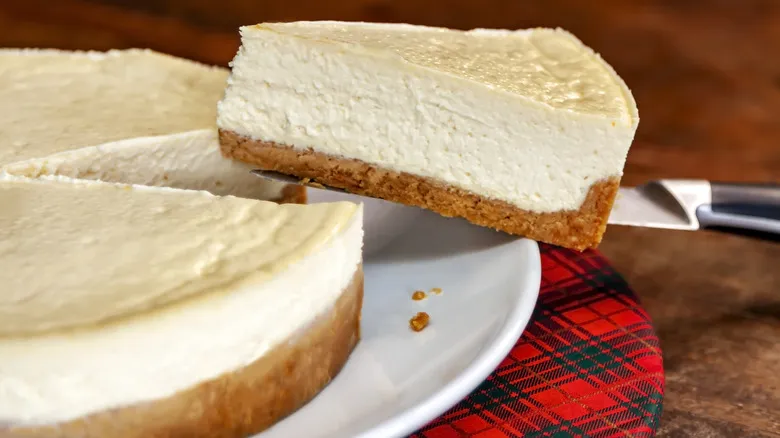
Prevent Over-Baked Cheesecake With A Clever Wooden Spoon Test
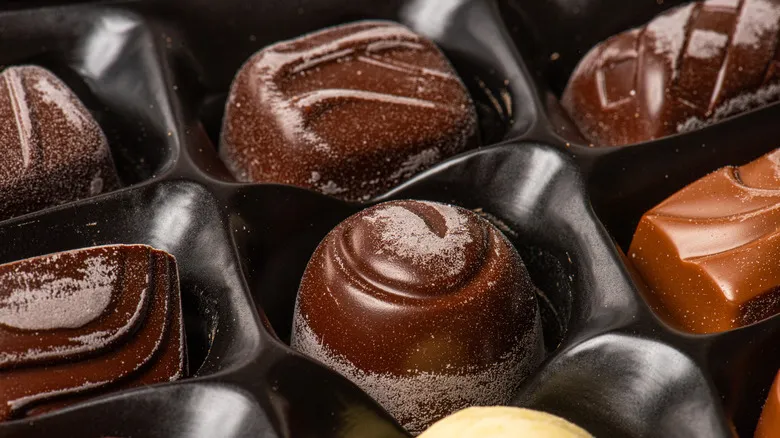
What Is The White Dust On Your Chocolate (And Is It Safe To Eat)?
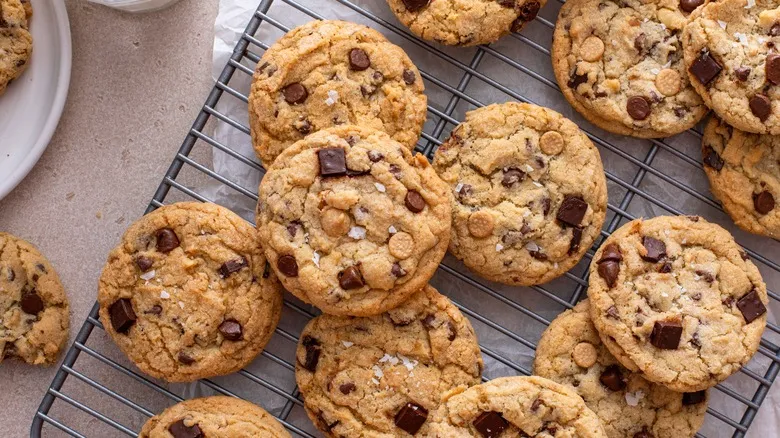
The Best Chocolate Chip Cookies & Pancakes Share A Secret
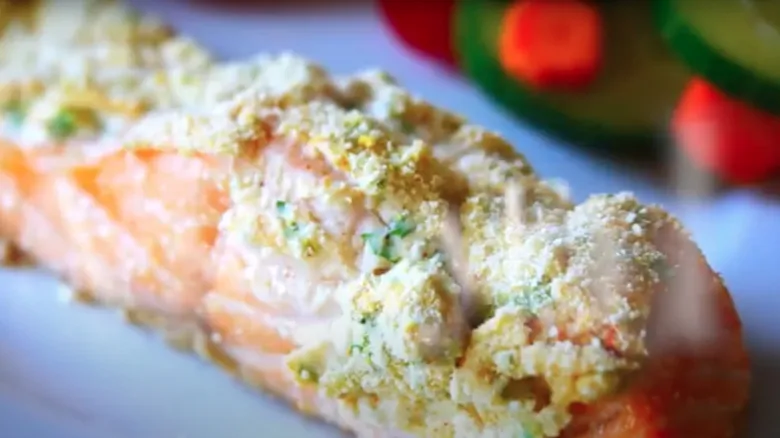
Bake Your Salmon Under A Slab Of Cream Cheese And Thank Us Later
Next up

